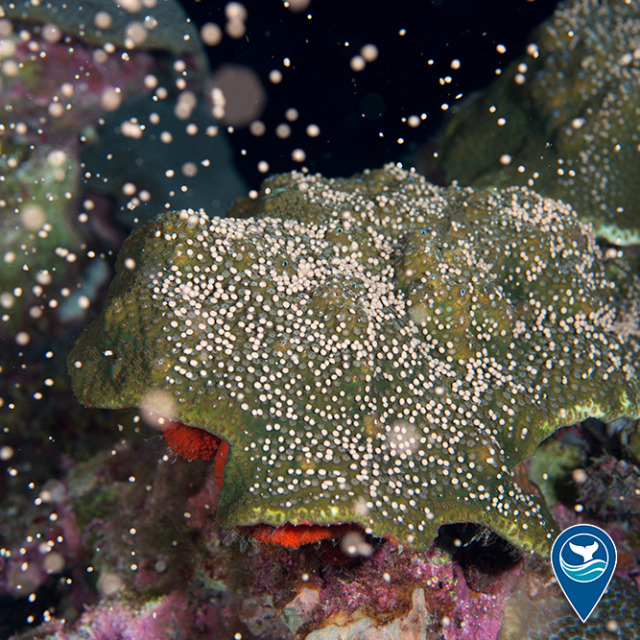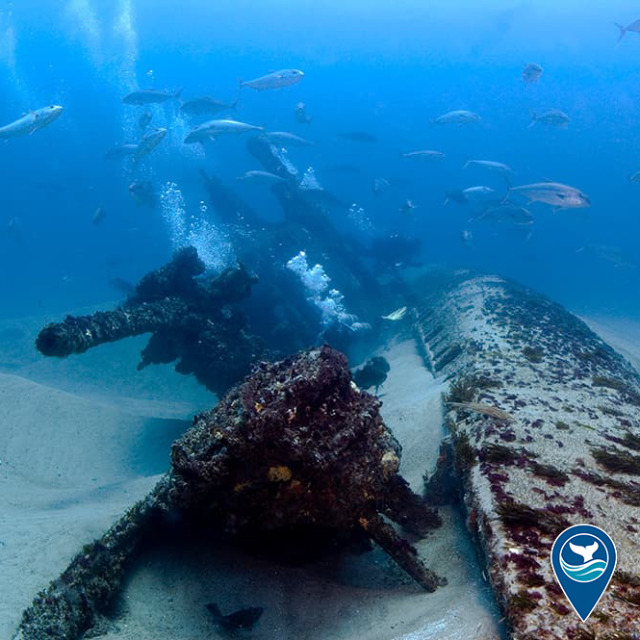#thepowerofwow





Explore The Power of Wow in our latest web story highlighting incredible scientific discoveries in ocean parks
From even before the passage of the Marine Protection, Research, and Sanctuaries Act of 1972 (MPRSA), it was clear that science was intended to be central to the creation and management of national marine sanctuaries. “Scientific value” is one of the qualities of an area that helps judge its special national significance and thus its fitness as a sanctuary, and in 1984 Congress added a mandate to the MPRSA for NOAA to conduct research as necessary to meet the purposes of the act. From these beginnings the sanctuary system has developed an outstanding science legacy. One measure of its achievements is the half-century of discovery of new things—such as shipwrecks, artifacts, species, habitats, and natural processes—that inspire, amaze, and awe us. Let’s explore the power of wow!
https://nmssanctuarieseus2-dev.azurewebsites.net/50/the-power-of-wow.html
